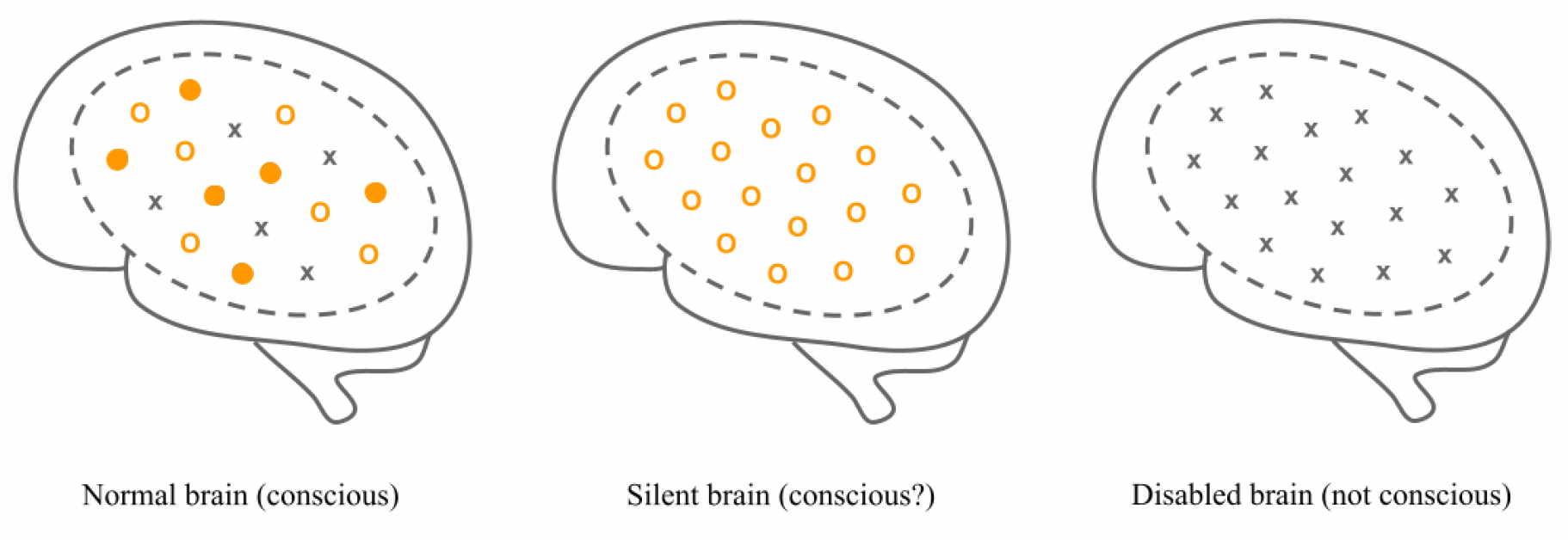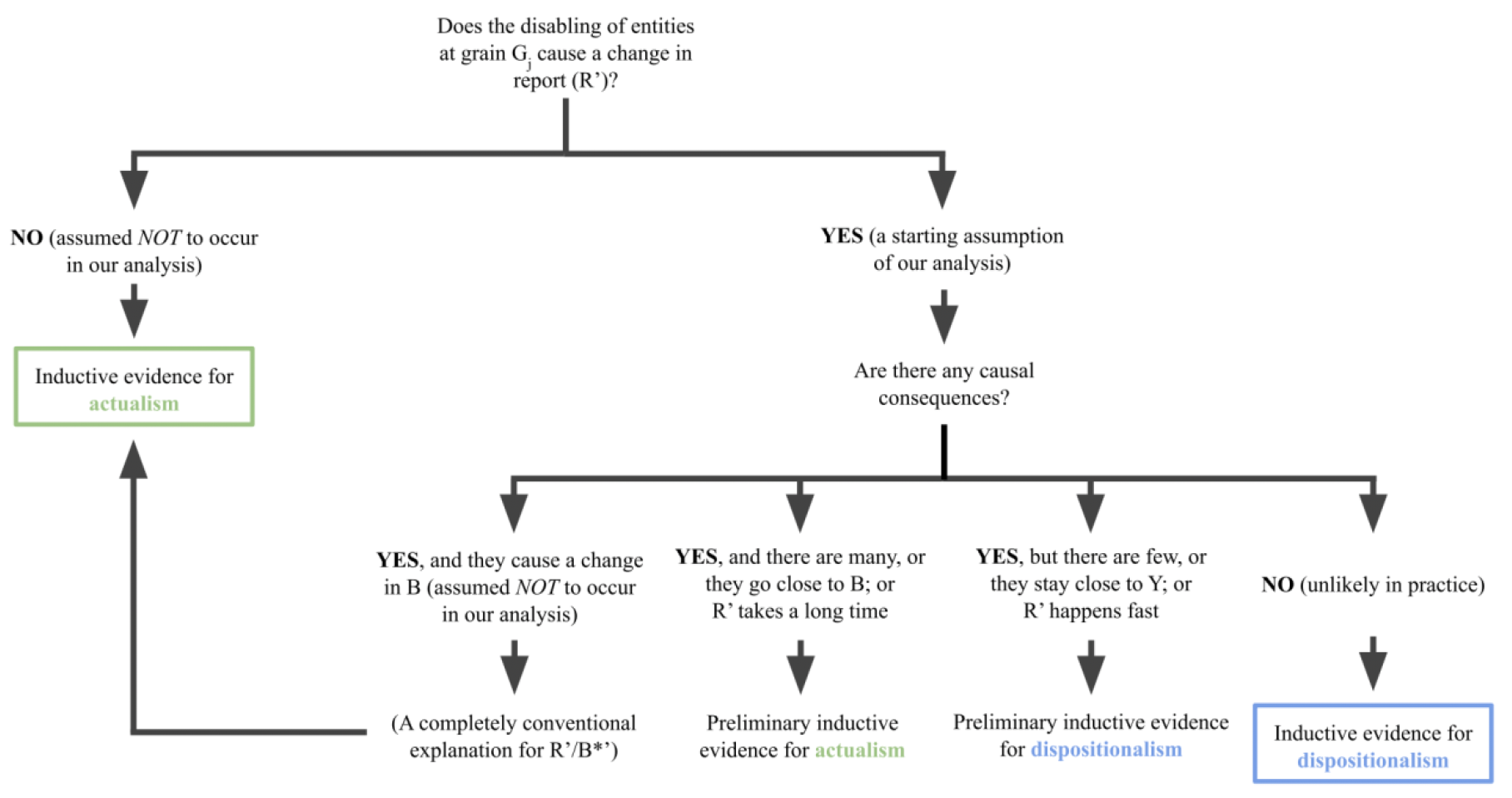Integrated information theory (IIT) and the testability of the silent neuron predictions
Publication status: [under revision] at Neuroscience of Consciousness
Integrated information theory (IIT) makes two predictions about the role of inactive neurons in consciousness. According to the silent brain prediction, rendering all active neurons silent in the physical substrate of consciousness (the “main complex”) does not eliminate the presence of consciousness, because the neurons are still able to fire. According to the disabled neuron prediction, rendering a subset of silent neurons in the main complex no longer able to fire (disabled) can impact the qualitative character of experiences not conventionally associated with those neurons. Bartlett (2022) argues that these predictions are untestable, because evidence for either prediction (a report of consciousness in the silent brain case, or of a change in experience in the disabled neuron case) would imply that the testing conditions were not met (the brain was not actually silent, or the disabling didn’t work as expected). In this paper, we provide a detailed analysis of both silent neuron predictions, showing how they can in fact be tested. For the silent brain case, we clarify how a mechanism outside of the main complex can yield the required report of consciousness while maintaining the silent brain state. For the disabled neuron case, we explain how a reporting mechanism inside the main complex can yield the required report of a change in experience. In the final section of the paper, we distinguish between two ways of explaining the change in reported experience in the disabled neuron case. According to the IIT-inspired “dispositionalist” explanation, the factor that yields the change is a dispositional change in the main complex. According to a more conventional “actualist” explanation, the factor that yields the change in report is an actual change in the brain that results from disabling the silent neurons, such as a change to subthreshold potentials. By drawing on the work of Imre Lakatos, we conclude with a discussion of how the distinction between the two explanations sheds light on why it is so difficult to resolve theoretical disputes about consciousness. Despite these difficulties, we provide a framework that can lead to concrete progress.

Figure 2. Solid orange circles represent spiking neurons, open orange circles represent silent neurons, and gray x’s represent disabled neurons. (Left) A typical brain state in which some neurons in the main complex are spiking, some neurons are not spiking and cannot fire (e.g., due to hyperpolarization), and some neurons are not spiking but could still fire (are merely silent), for example, if they were to receive sufficient synaptic input. (Middle) In the context of the silent brain prediction, all neurons in the main complex are silenced, and although there is no spiking activity, there would still be experience, because the neurons are still able to fire. (Right) By contrast, if all neurons in the main complex were disabled, consciousness would be absent.

Figure 7. A flowchart of the testing framework for the disabled neuron prediction and how different evidence supports actualism vs. dispositionalism.
Talks: Monash University School of Psychological Sciences (MoNoC/Tsuchiya Lab), Zoom (May 16th, 2023) (*invited)
Posters: Association for the Scientific Study of Consciousness 27, Tokyo, Japan (July 2nd - 5th, 2024)
